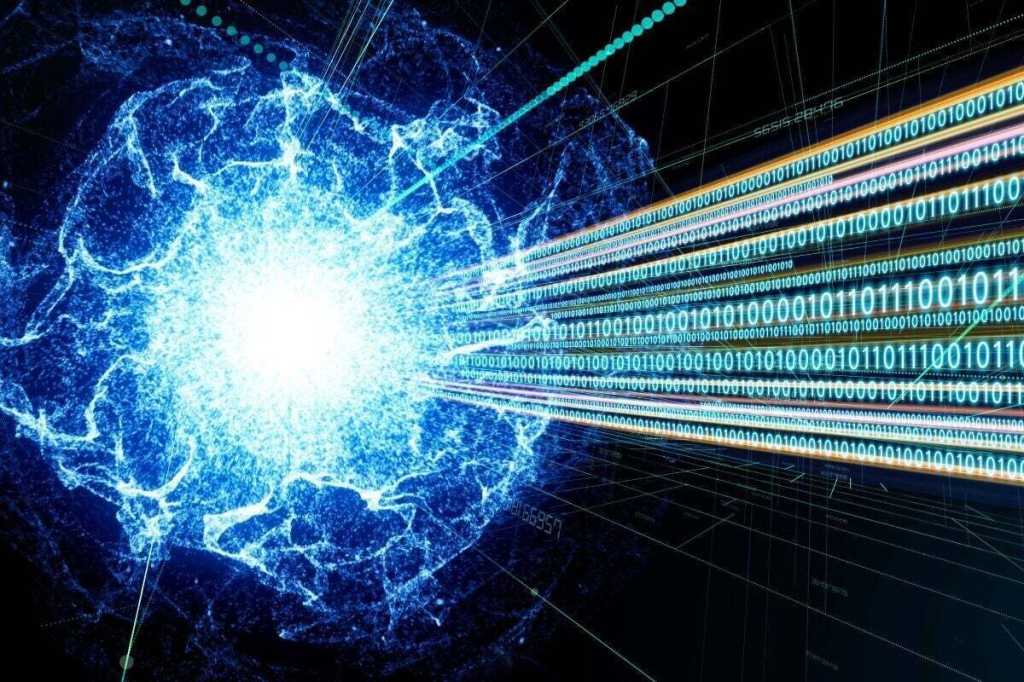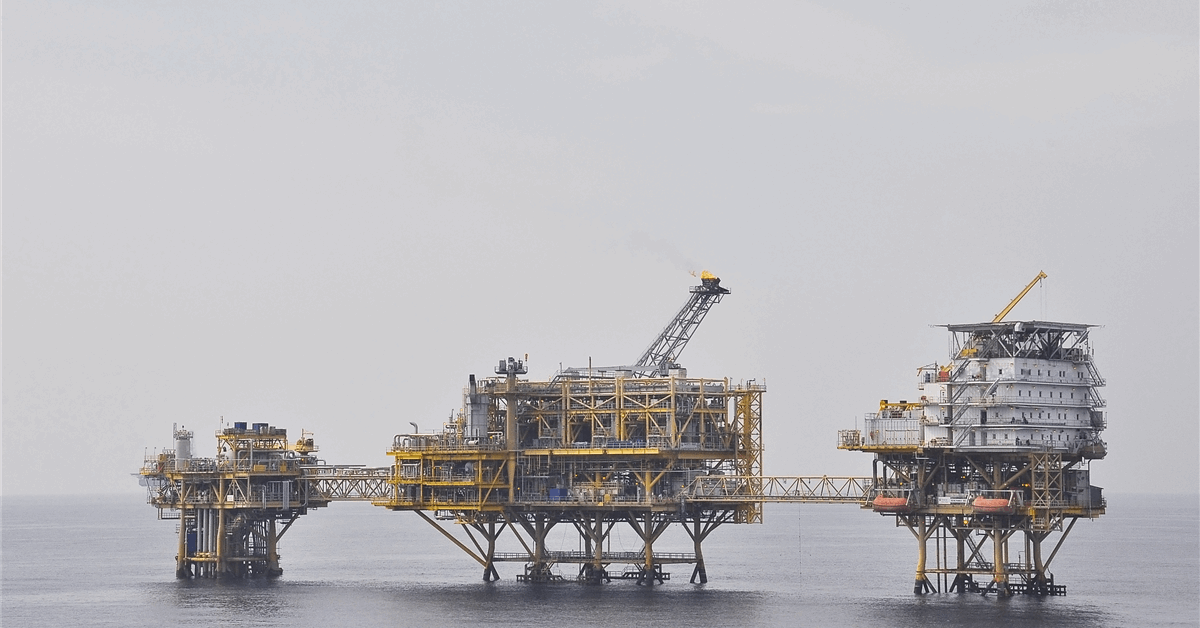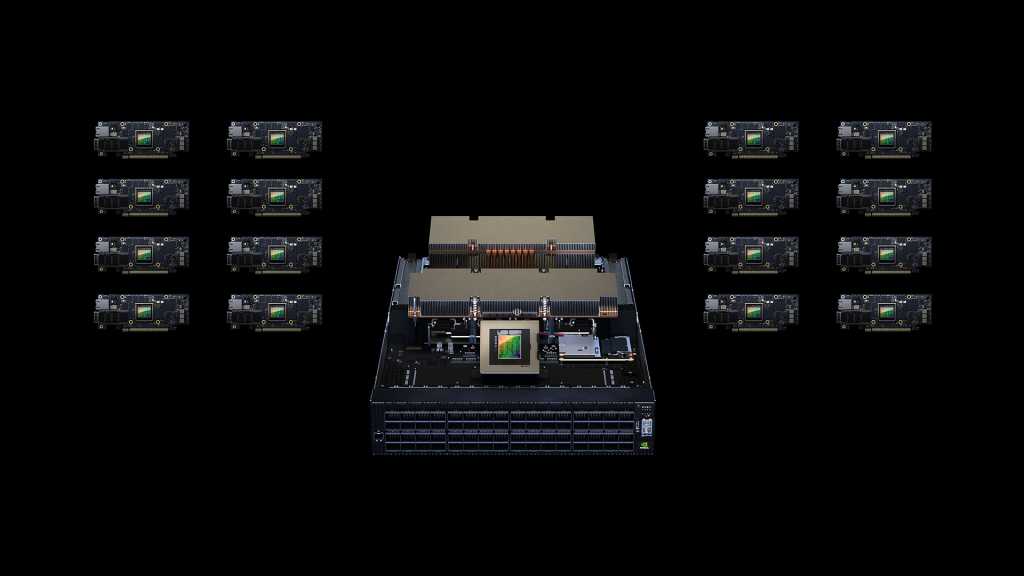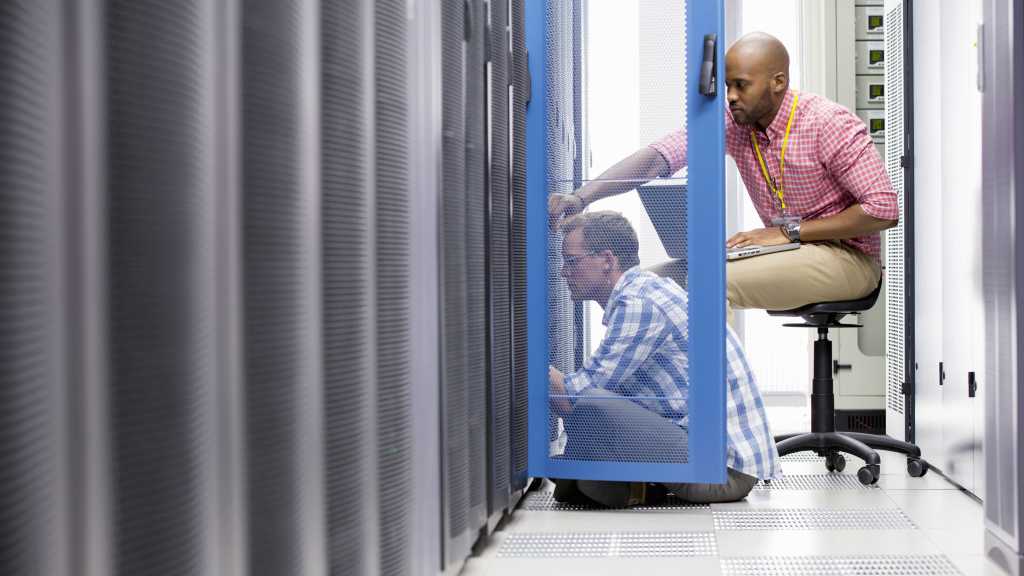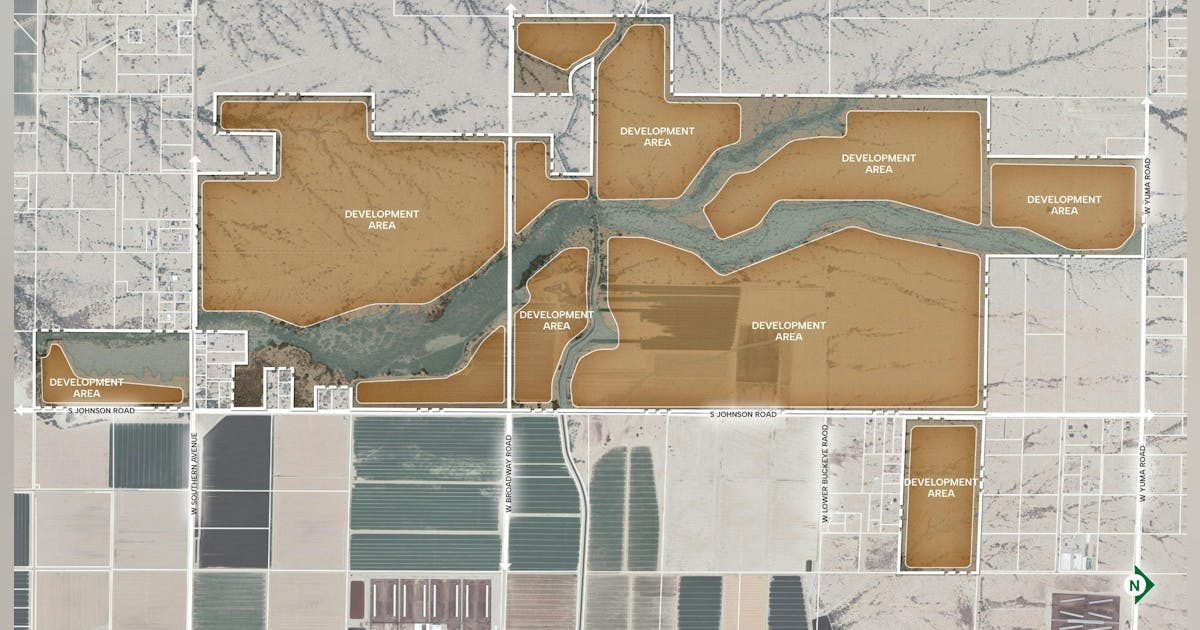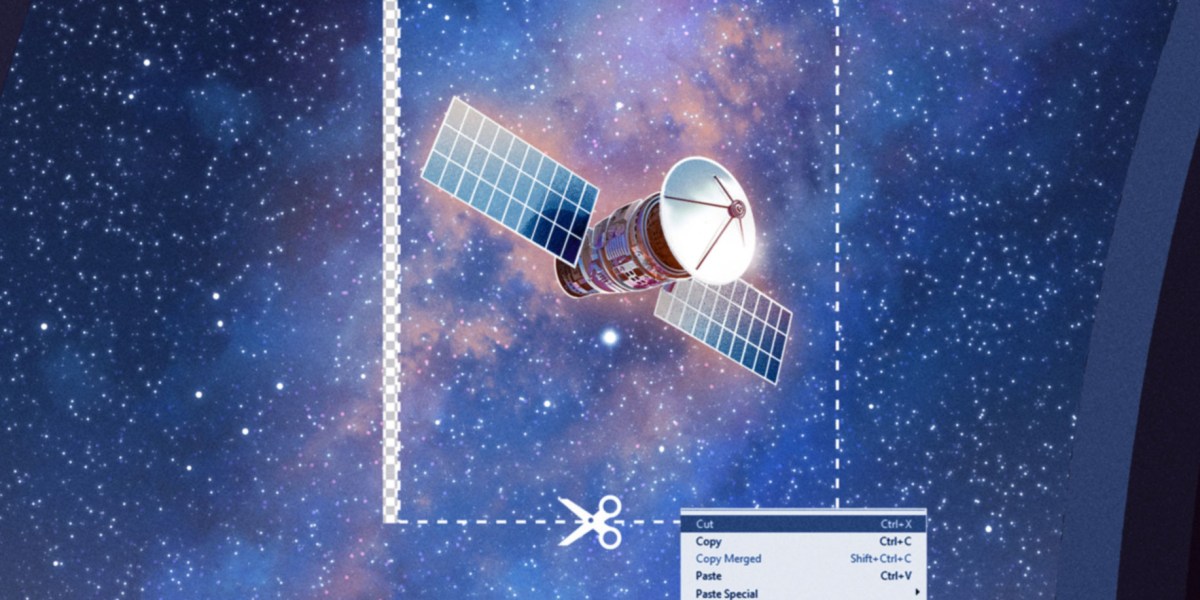
OKEA ASA said it has found more commercial quantities of petroleum in the already producing Brage field on Norway’s side of the North Sea.
The Talisker exploration well yielded preliminary estimated gross recoverable resources of 16-33 million oil-equivalent barrels (MMboe). The Statfjord formation accounted for 14-26 MMboe while the Cook formation comprised 2-7 MMboe.
“In addition, hydrocarbons were encountered in two thin sandstones in the Brent group which will be further appraised by the upcoming well paths, expected completed during Q4 2025”, OKEA said.
Chief executive Svein J. Liknes said, “This discovery is another example of OKEA’s strategy to utilize existing infrastructure, subsurface knowledge and drilling technology to unlock more value in the Brage area, and extend the lifetime of the field”.
Earlier this year OKEA made a discovery estimated to hold recoverable volumes of 0.3-2.8 MMboe along the eastern flank of Brage.
The discovery was made in the southern part of the Prince prospect in wildcat well 31/4-A-23 G. Well 31/4-A-23 F, in the northern part of the Prince prospect, turned up dry, as reported by the Directorate May 28.
“The licensees will now assess the deposit as part of the further development of the Brage field”, the upstream regulator said then.
“The field has been in production for a long time, and work is under way to identify new methods to improve recovery”, the Directorate said. “New wells are being drilled, often combined with investigation of nearby prospects”.
Brage is part of production license 055, under which OKEA is operator with a 35.2 percent stake. Lime Petroleum AS owns 33.84 percent, DNO Norge AS 14.26 percent, Petrolia NOCO AS 12.26 percent and M Vest Energy AS 4.44 percent. Granted 1979, the license is set to expire 2030, according to information on government website Norskpetroleum.no.
Brage sits 10 kilometers (6.21 miles) east of the Oseberg field in waters 140 meters (459.32 feet) deep.
It was discovered 1980. The first plan for development and operation (PDO) in the field was approved 1990 and Brage was put into production 1993.
According to Norskpetroleum.no, PDO exemptions were granted for several Brage accumulations: Brent Ness in 2004, Bowmore Brent in 2007, Talisker East Brent in 2022, Cook in 2023 and Kim Sognefjord in 2024.
Current oil production in Brage comes from a sandstone of Early Jurassic age in the Statfjord Group and another sandstone of Middle Jurassic age in the Brent Group and the Fensfjord Formation, according to Norskpetroleum.no.
Last year Brage produced 810,000 standard cubic meters of oil, 230,000 standard cubic meters oil equivalent (scmoe) of natural gas and 80,000 scmoe of natural gas liquids, according to Norskpetroleum.no.
To contact the author, email [email protected]
What do you think? We’d love to hear from you, join the conversation on the
Rigzone Energy Network.
The Rigzone Energy Network is a new social experience created for you and all energy professionals to Speak Up about our industry, share knowledge, connect with peers and industry insiders and engage in a professional community that will empower your career in energy.
MORE FROM THIS AUTHOR

